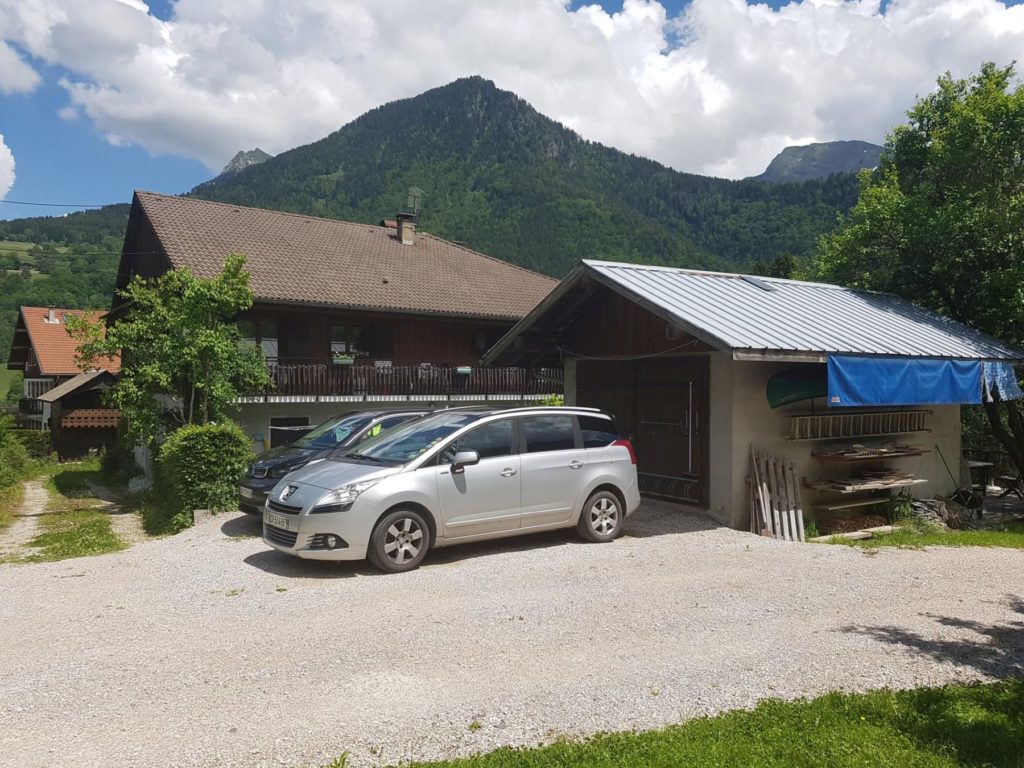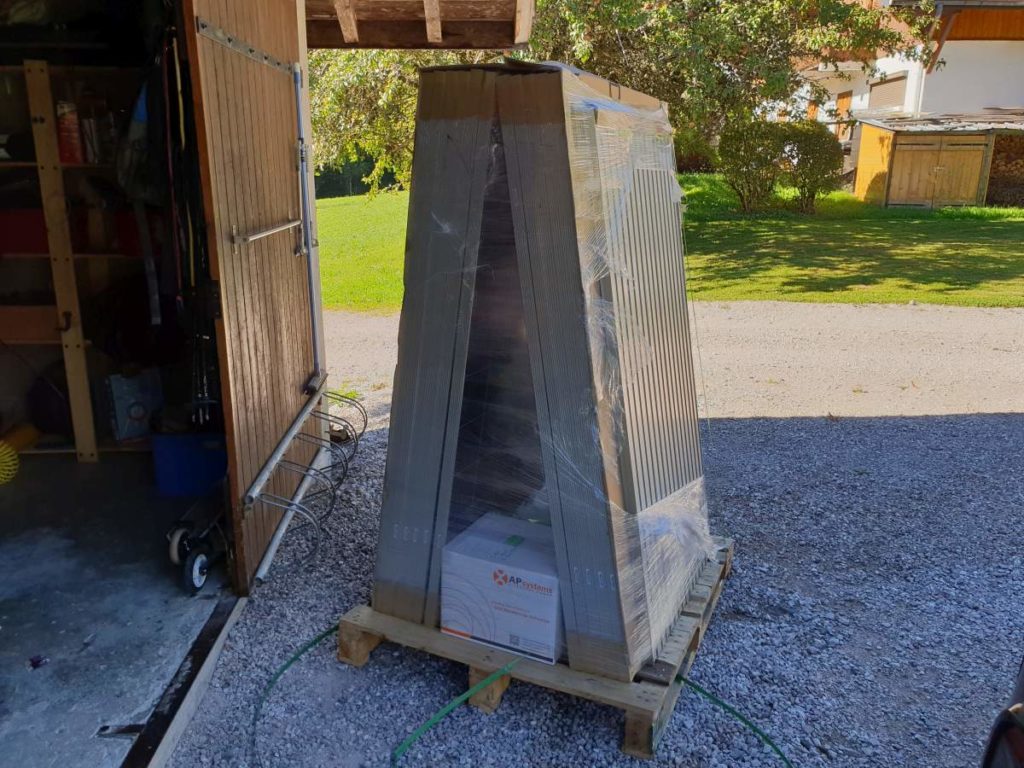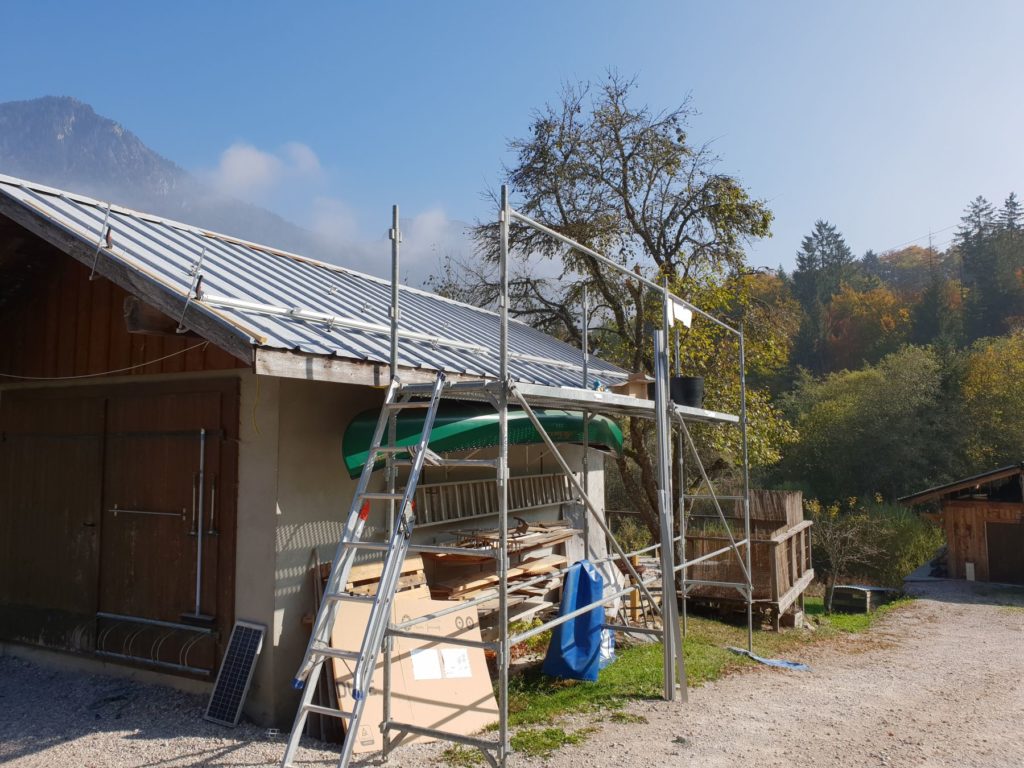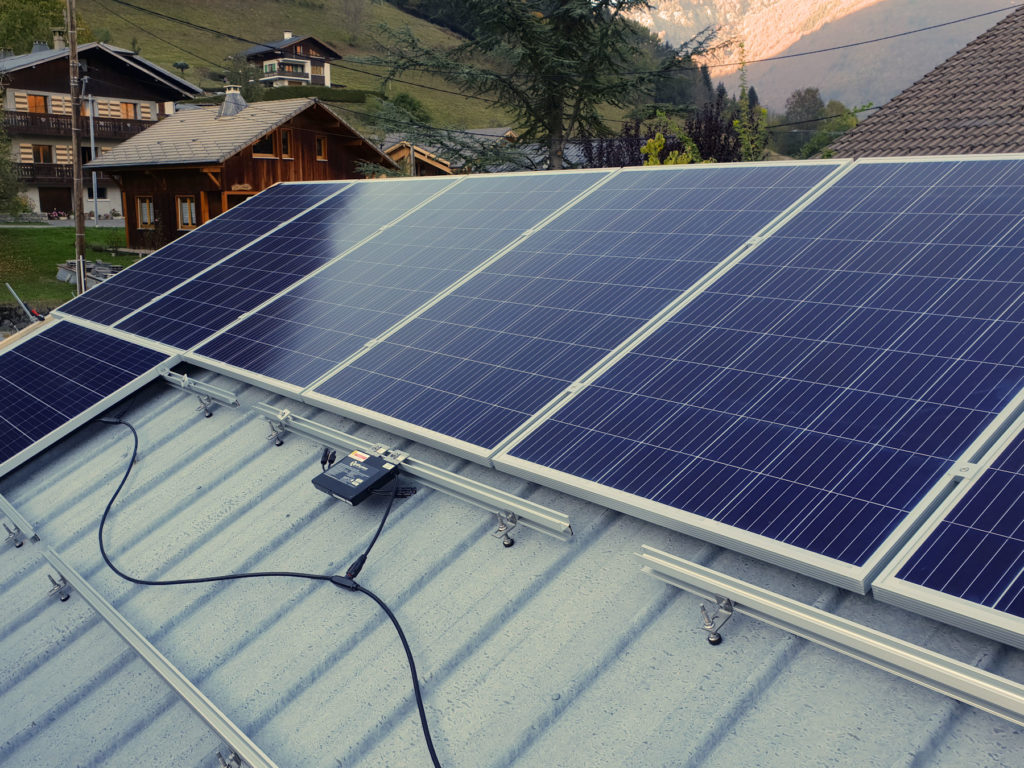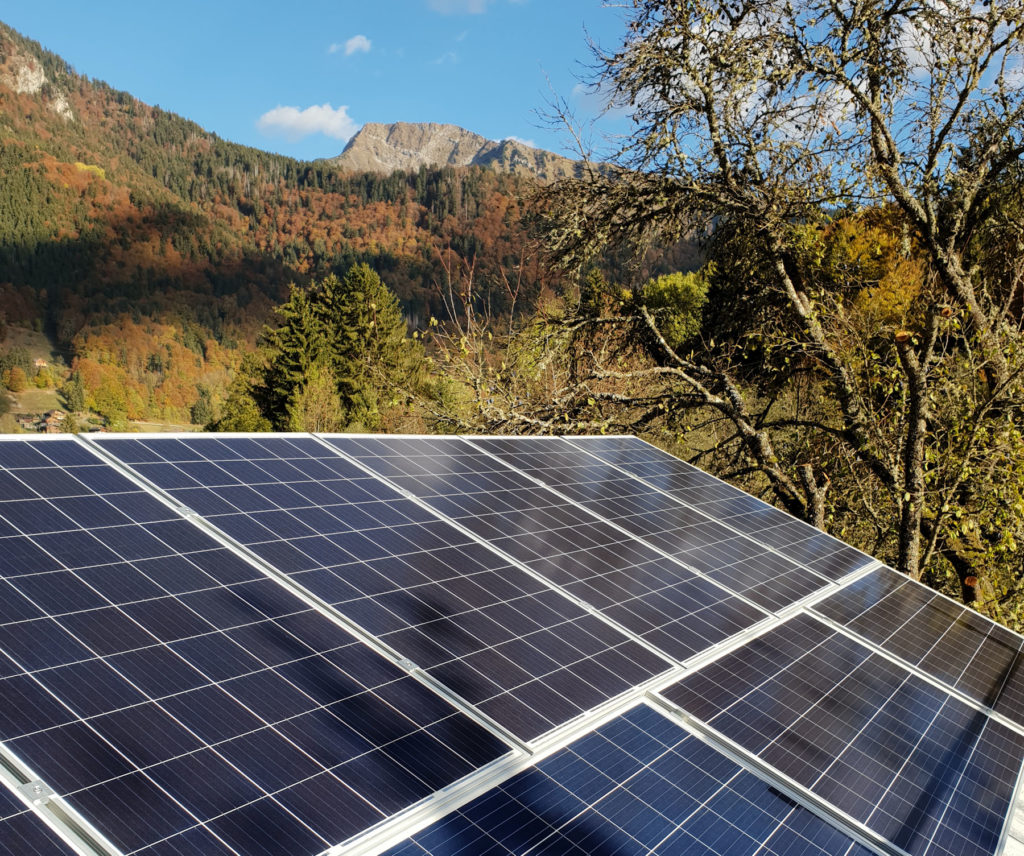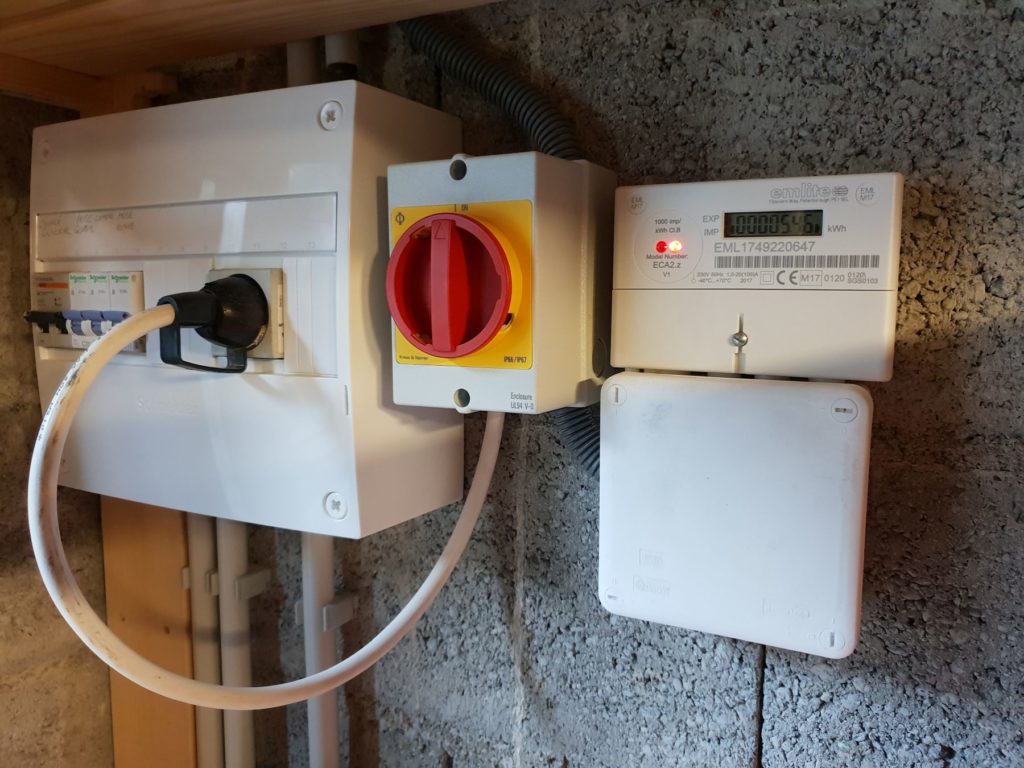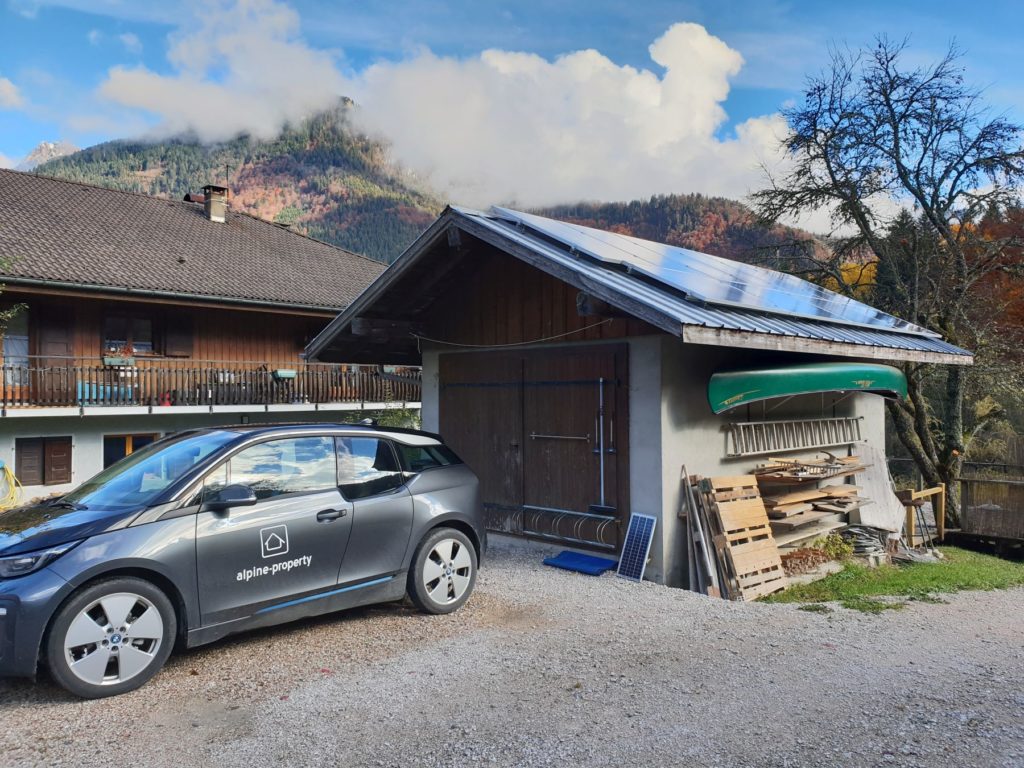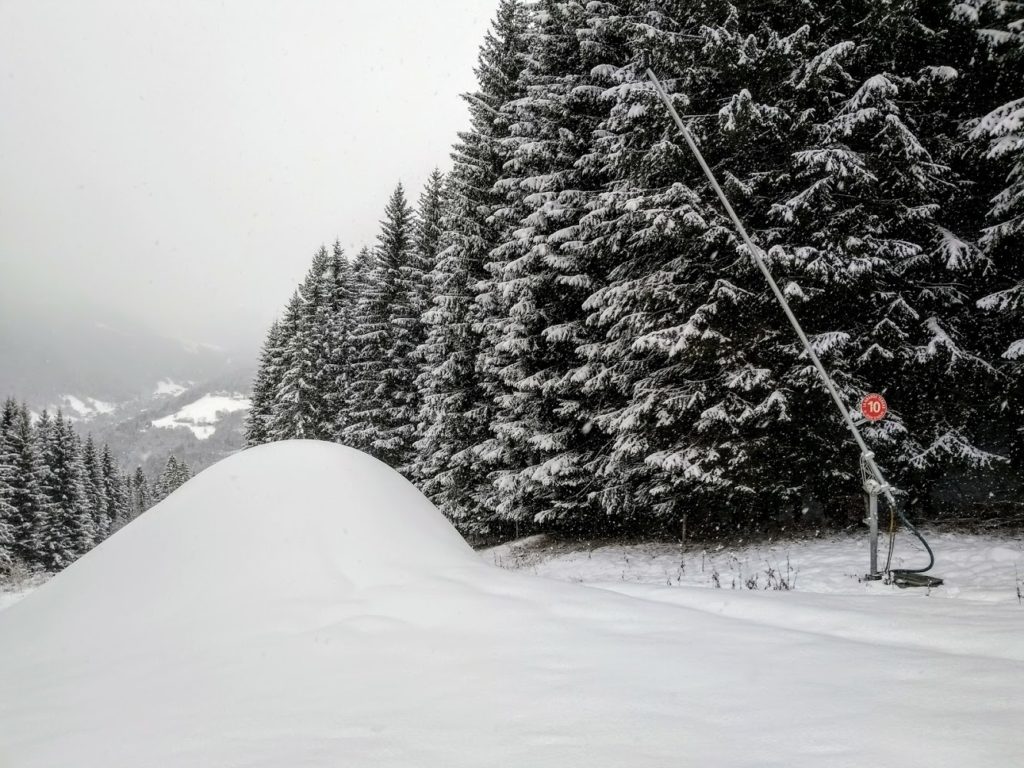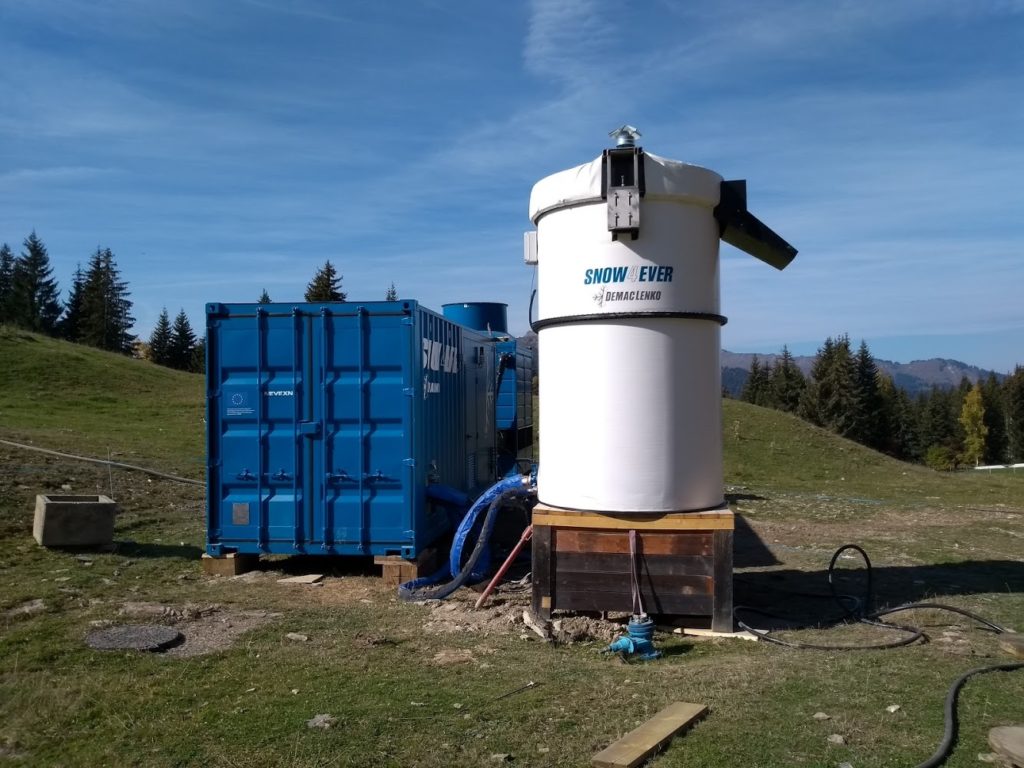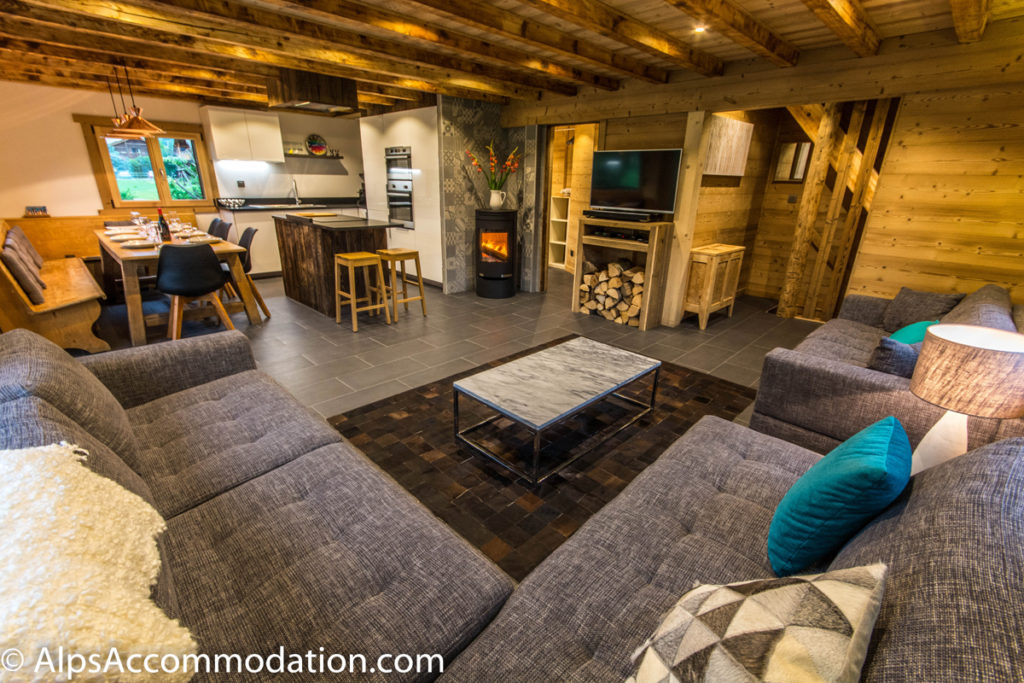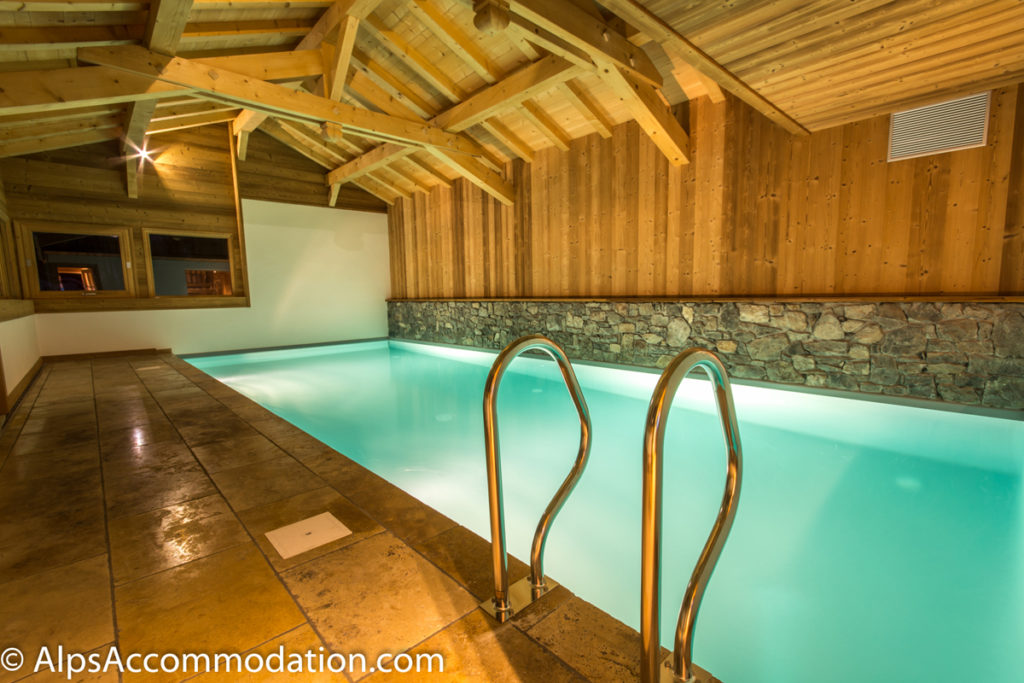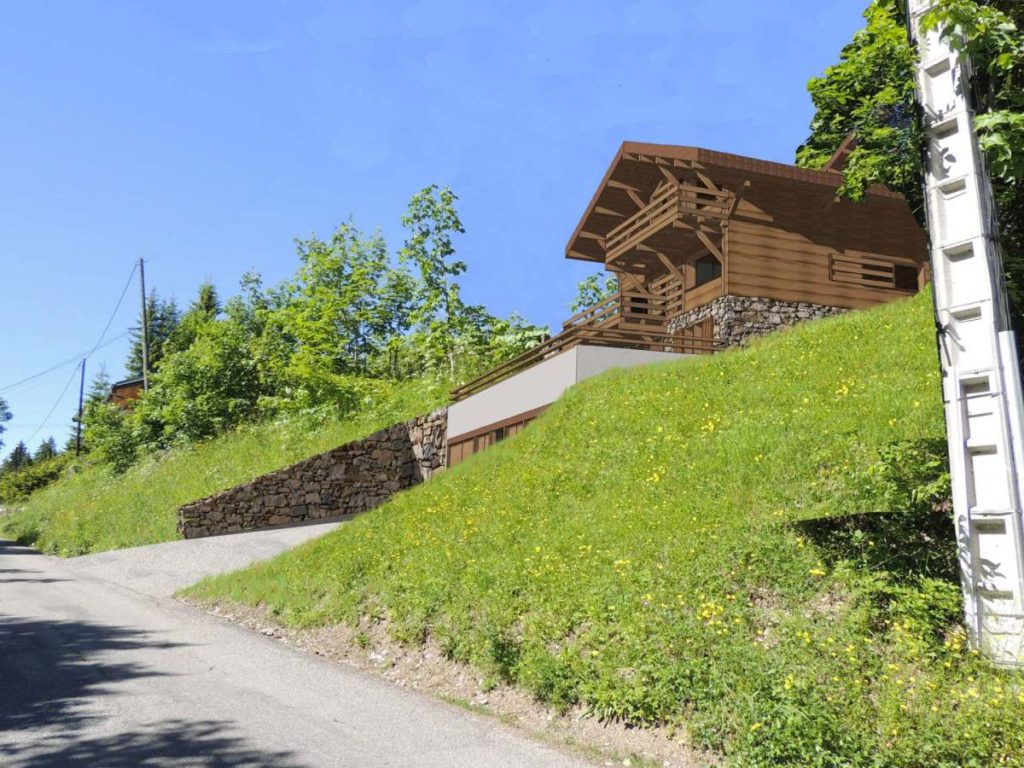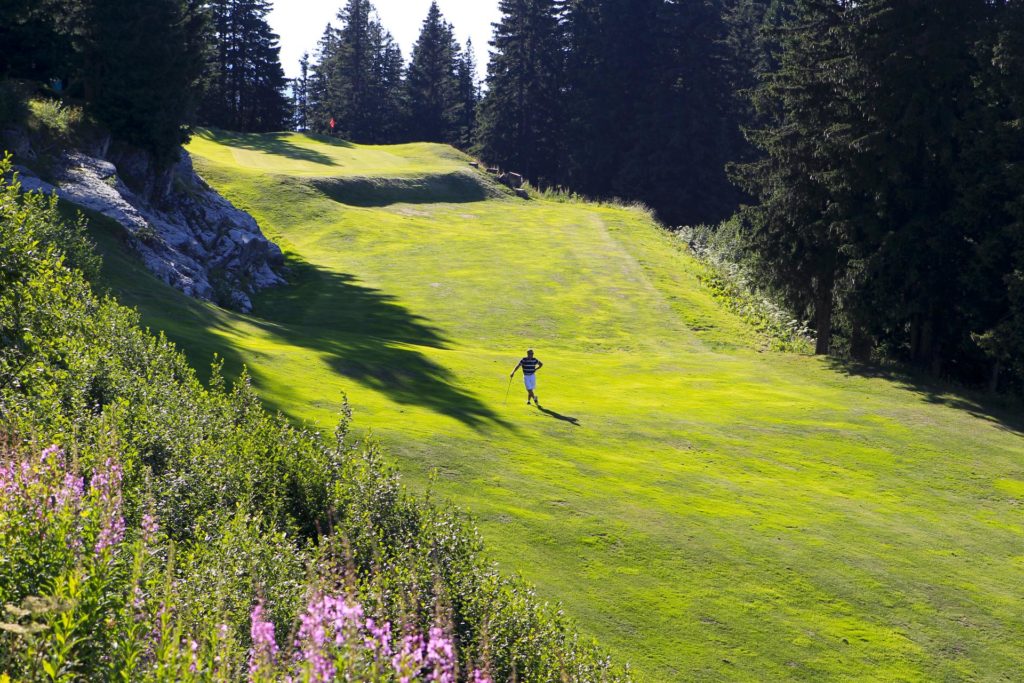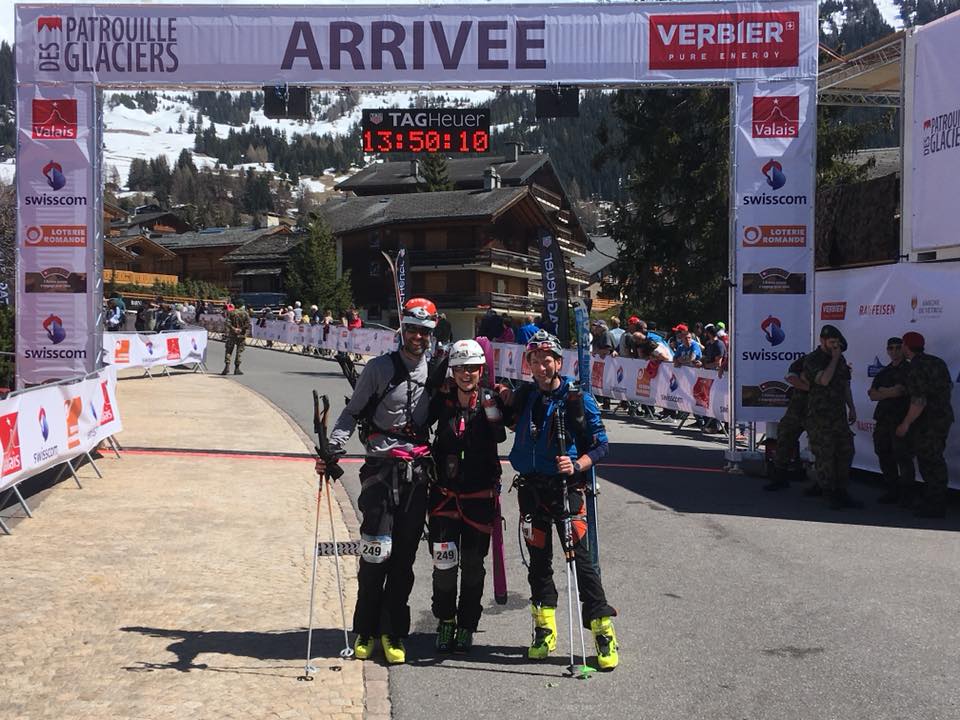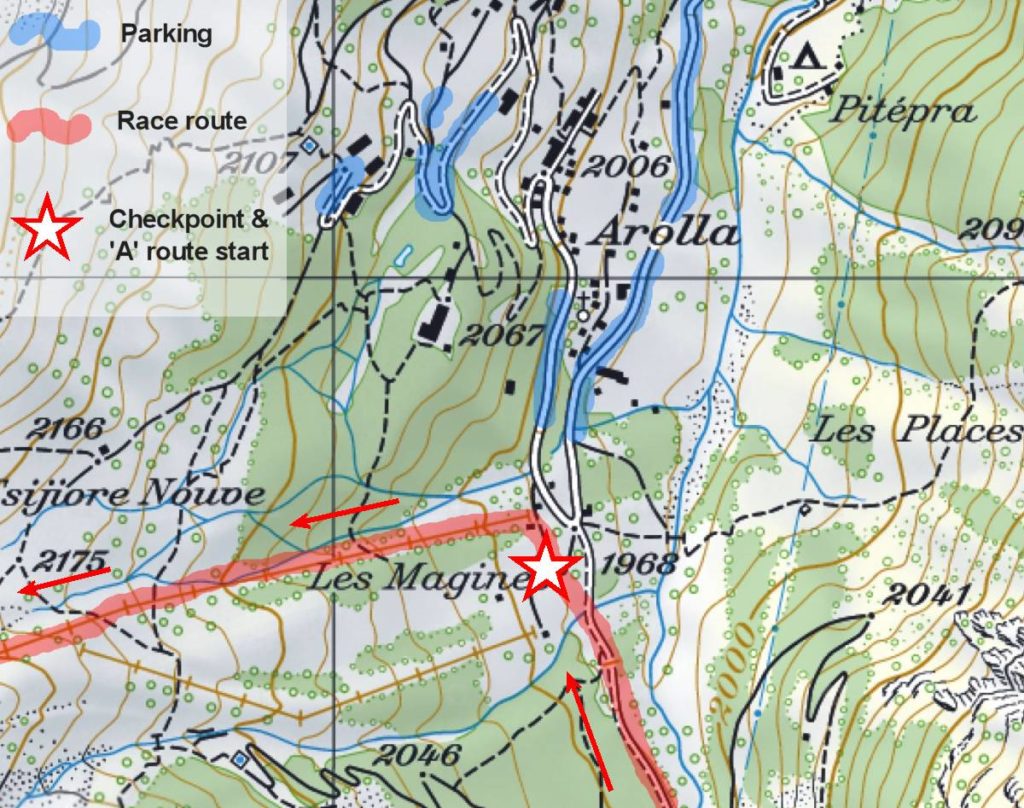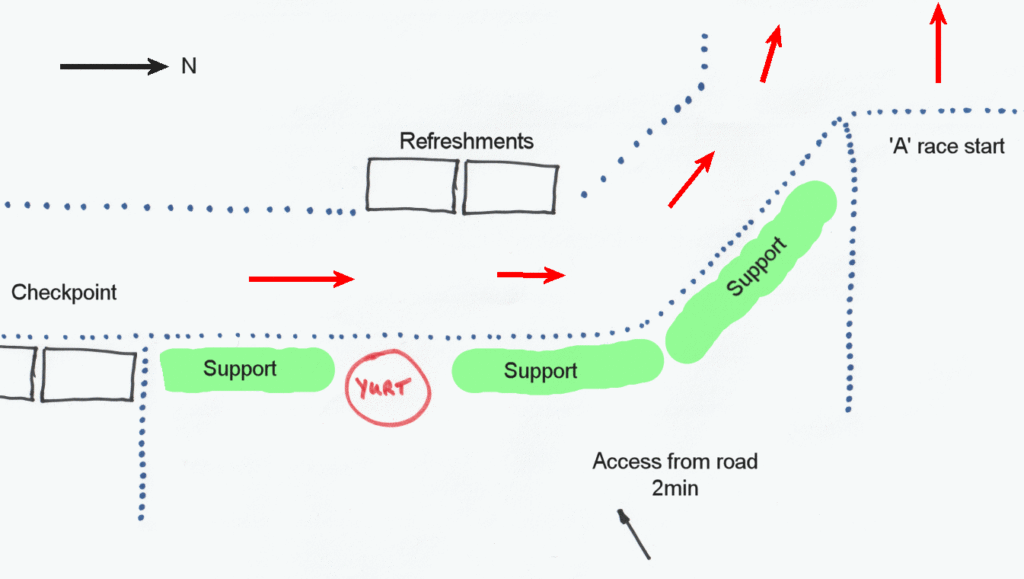Have you ever looked on in envy as you are waiting to go up the ski lift? Looked at one or two lonely tracks down through the powder. These have probably been left by the “pisteurs” checking the piste over before the lift is cleared to open. In Morzine you can do this yourself. Each Wednesday throughout the season you can sign up to join a small group to accompany the Pisteur secouriste (ski patrol) for the “overture des pistes”. And what’s more it’s free! The only hard bit is getting our of bed early enough to meet at the lift at 8am!
Ouverture des pistes
Morzine Source Magazine arranged for a group of business owners and workers from Morzine to join in this excellent activity. So 15 of us met Michel from the Morzine team at the base of the Pleney lift. We were also met by fresh snow and good weather. What more could we ask for?
As promised we set off down our private freshly groomed piste. In fact in places the groomers (dameuse de neige) were still hard at work. This provided Michel with a good opportunity to warn us of the dangers of venturing out on the pistes when they are closed. These grooming machines often work attached to cables that are up to 1km long! If you don’t know what I am talking about I highly recommend watching this film that demonstrates their use. It’s a pertinent warning as some local ski tourers were seriously injured in this valley by one of these cables a few years ago.
We’ve had so much snow in the Portes du Soleil recently that they were having to dig out the chair lifts! Using the piste machine is certainly quicker than digging.
But what is a “Jalon”?
As we went down the piste Michel zig zagged from one side to the other re-positioning the piste markers, signs and fences that had been buried by the snow or moved out of the way for the grooming operations. He was particularly keen to ask that people read and follow the signage. It’s obvious really, however as we all know, when on holiday there are many that like to leave the rules at home.
We all managed to learn a new French word too, “jalon”, which in this context translates as “stake”, these are the sticks that mark the sides of the piste. As opposed to the larger metal piste signs that have the name of the piste marked on them and a number. These jalon have orange tips on the right hand side of the piste and just one colour on the left. This is useful to know in a whiteout.
 This was also a good time to explain one of the basic emergency procedures when out skiing. If someone is injured on a piste and you need help, then note the number and name of the piste visible on a nearby piste marker. When this information is relayed to the ski patrol they’ll be able to find the incident without any problem. These markers start at #1, at the bottom piste, Here we are stood at #9, on piste “B” the rather uninspired name of the “home run” in Morzine.
This was also a good time to explain one of the basic emergency procedures when out skiing. If someone is injured on a piste and you need help, then note the number and name of the piste visible on a nearby piste marker. When this information is relayed to the ski patrol they’ll be able to find the incident without any problem. These markers start at #1, at the bottom piste, Here we are stood at #9, on piste “B” the rather uninspired name of the “home run” in Morzine. 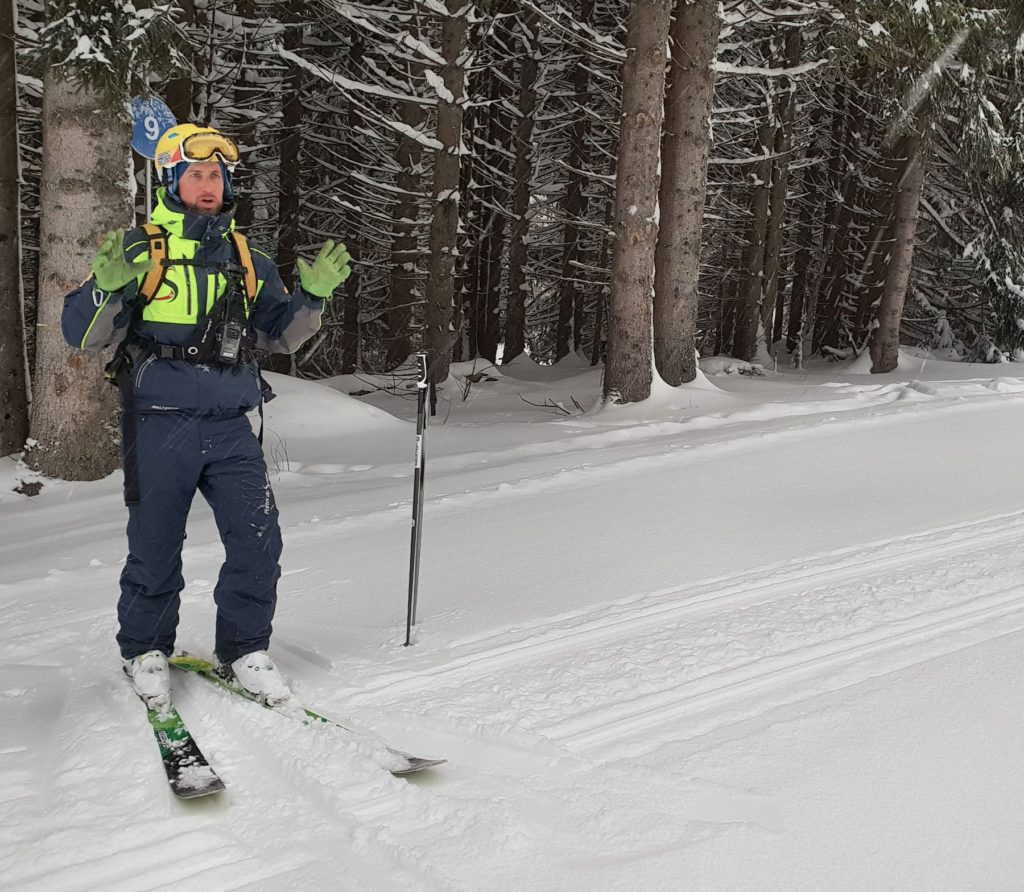
By the time we reached the bottom of the run it was 8.45am and the lift was just opening for the public. Michel radioed through to his office that the piste “B” was now open. This is something that is done for each piste in the area. The time and the name of the Secouriste that checked the piste is noted on a central register. If there is a serious incident and the police are called upon to investigate, this information forms part of their evidence. 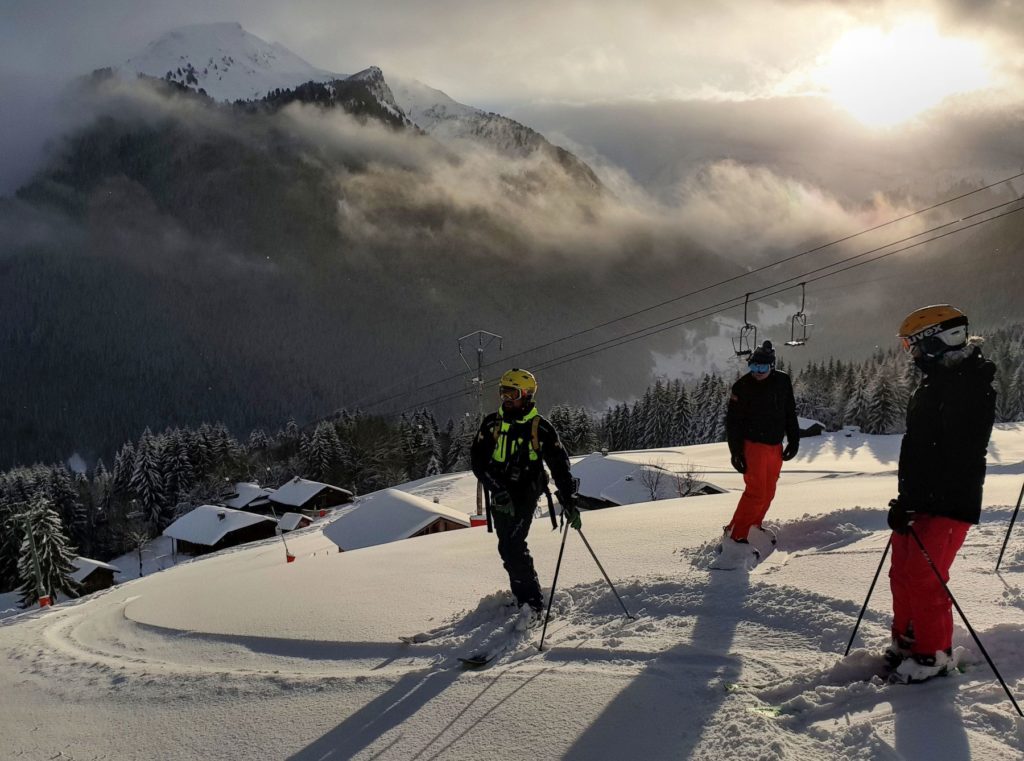
First tracks
Back at the top Michel checked that we were all happy to ski a black run. This is not obligatory, however in his words “it can’t be all work can it?” As far as we could tell, so far none of this could be counted as work 😜NB. see note below. Though he did follow this up with a reminder that when it is the school holidays and the pistes are icy, his job becomes very busy indeed. So off we went putting first tracks down one of Morzine’s superb tree-lined powder runs. 
We went back up the lift for a 3rd time, by now it was 9.30am and the pistes were transformed by the crowds gathering for ski school. Michel invited us into his newly built First Aid post for a coffee to finish a very interesting and enjoyable few hours. If you would like to take part then you can find more information about this event on the Morzine-Avoriaz website in English or French.
https://www.morzine-avoriaz.com/ouverture-des-pistes-en-compagnie-d-un-pisteur-secouriste
https://en.morzine-avoriaz.com/agenda-ski-slopes-opening
Seriously
The Pisteur secouristes in our area are having a hard time this season. Michel was very upbeat which was great. However in the last couple of weeks 4 have died in 3 separate incidents in France. 3 of them on our doorstep. I raised this question with another pisteur, and asked if this was just an unfortunate coincidence. He responded that thanks to the abundant snow falls in the last couple of weeks he had not seen any life outside of his work. 6am starts and getting home at 7pm after hard physical days. Combine that with a job that can involve having to work with explosives and ski in some very hazardous terrain and there might be a link. So keep this in mind next time you see the first tracks down the piste, or when you are held back from an area because of the risk of avalanche. These resort workers are literally putting their lives on the line to keep us all safe.

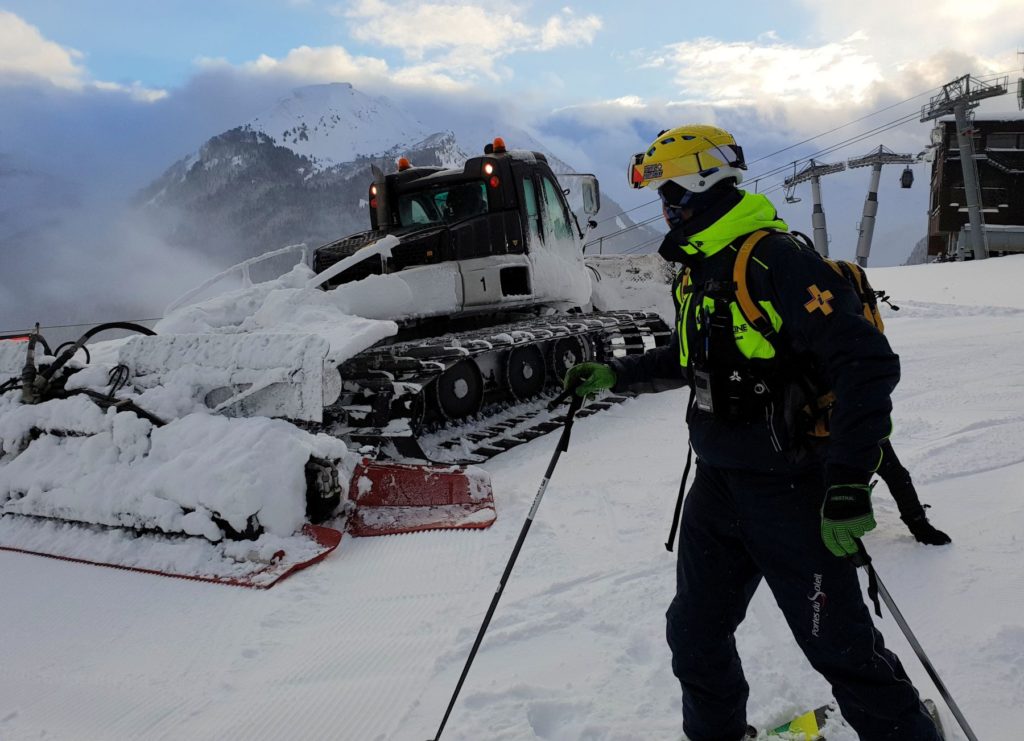
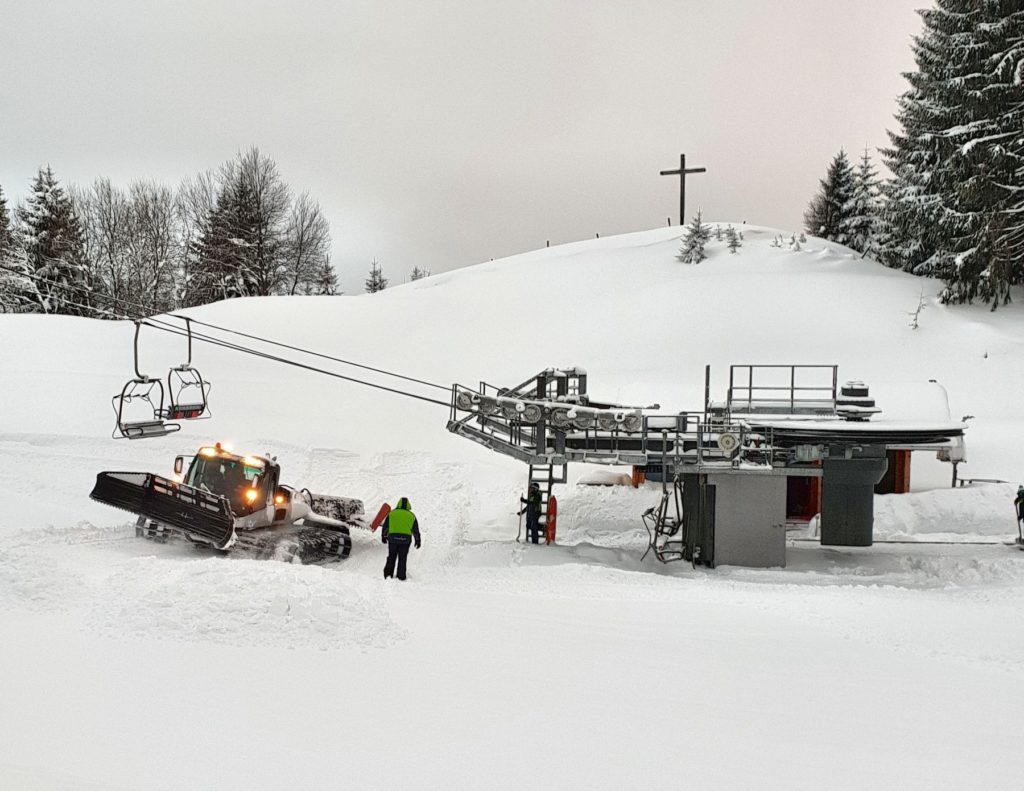


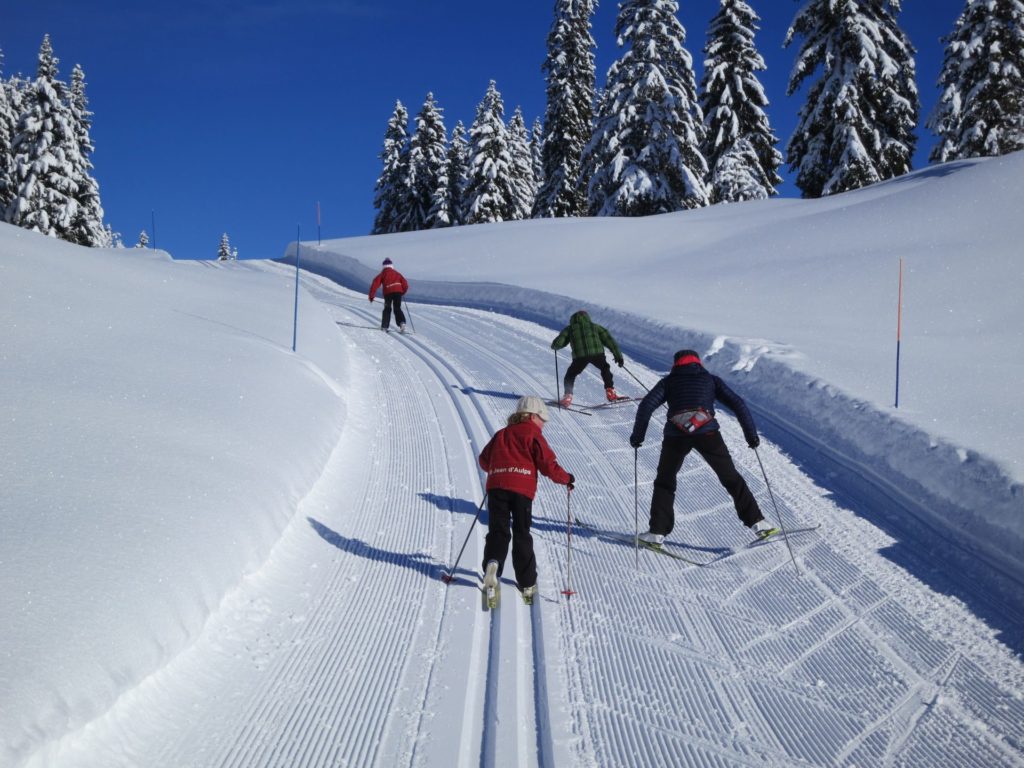
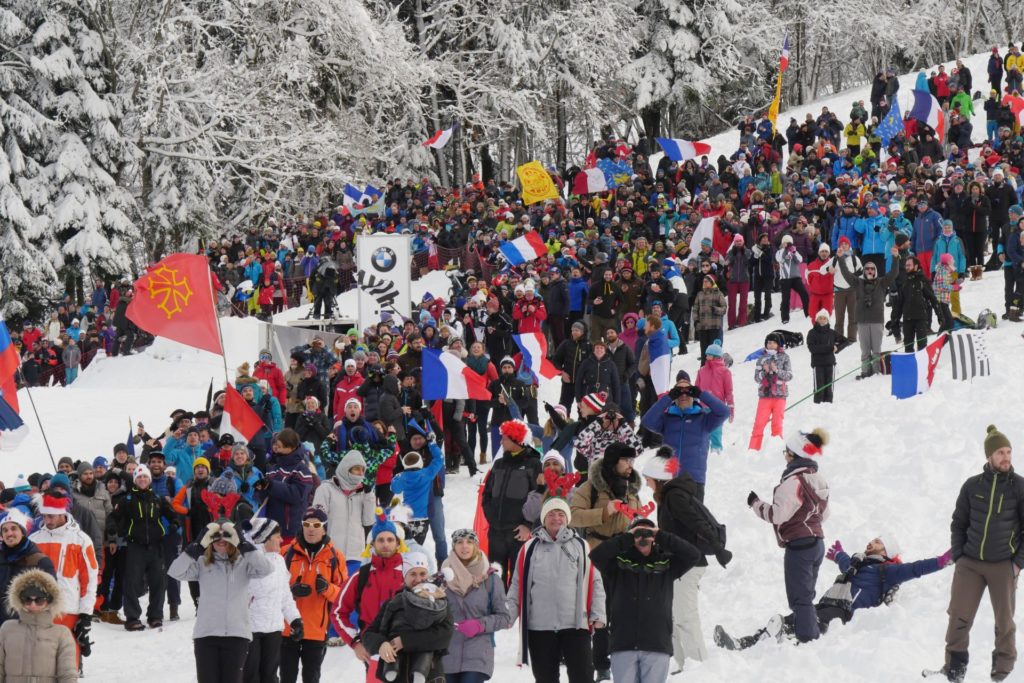
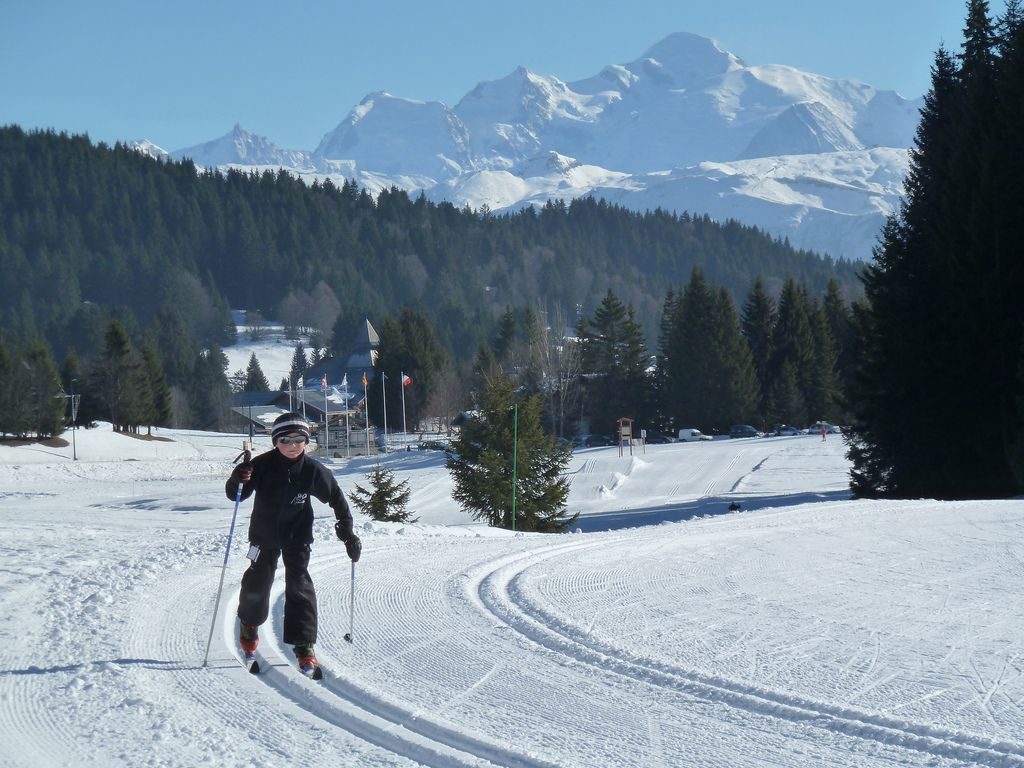
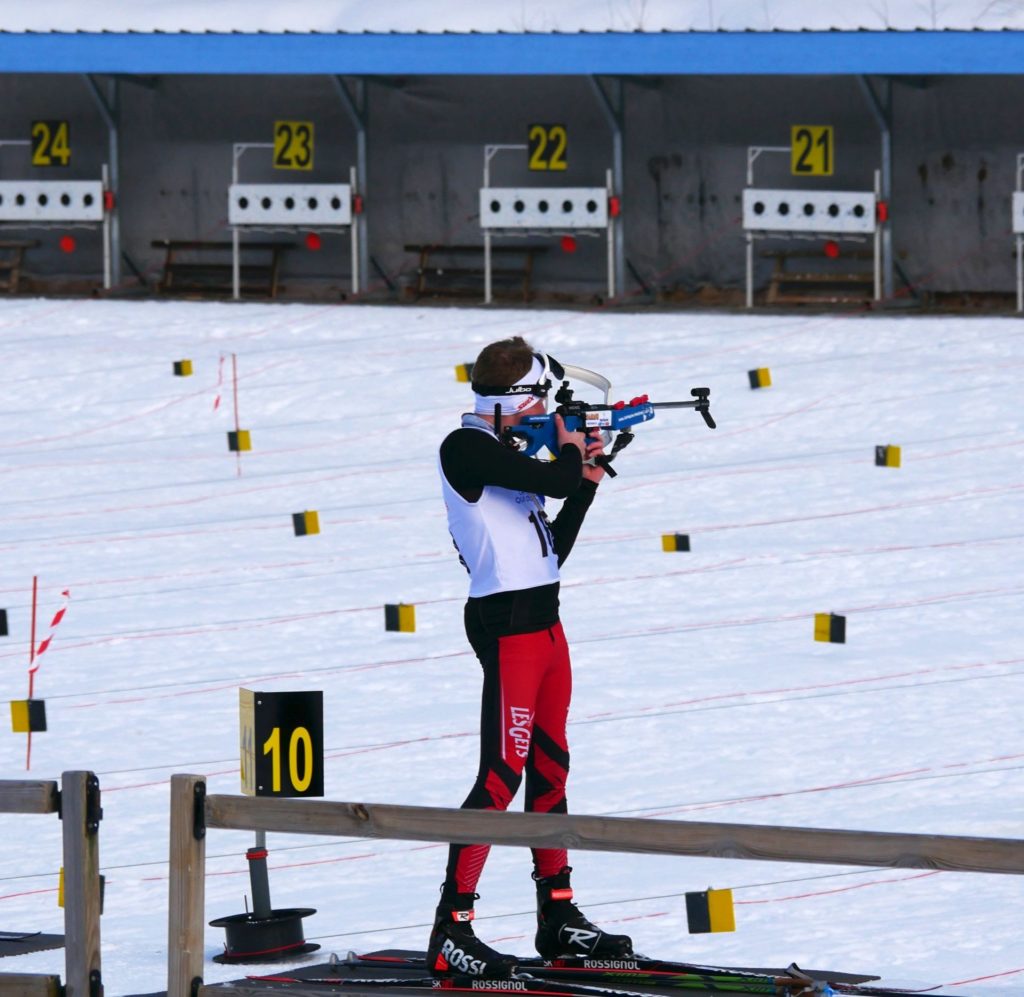
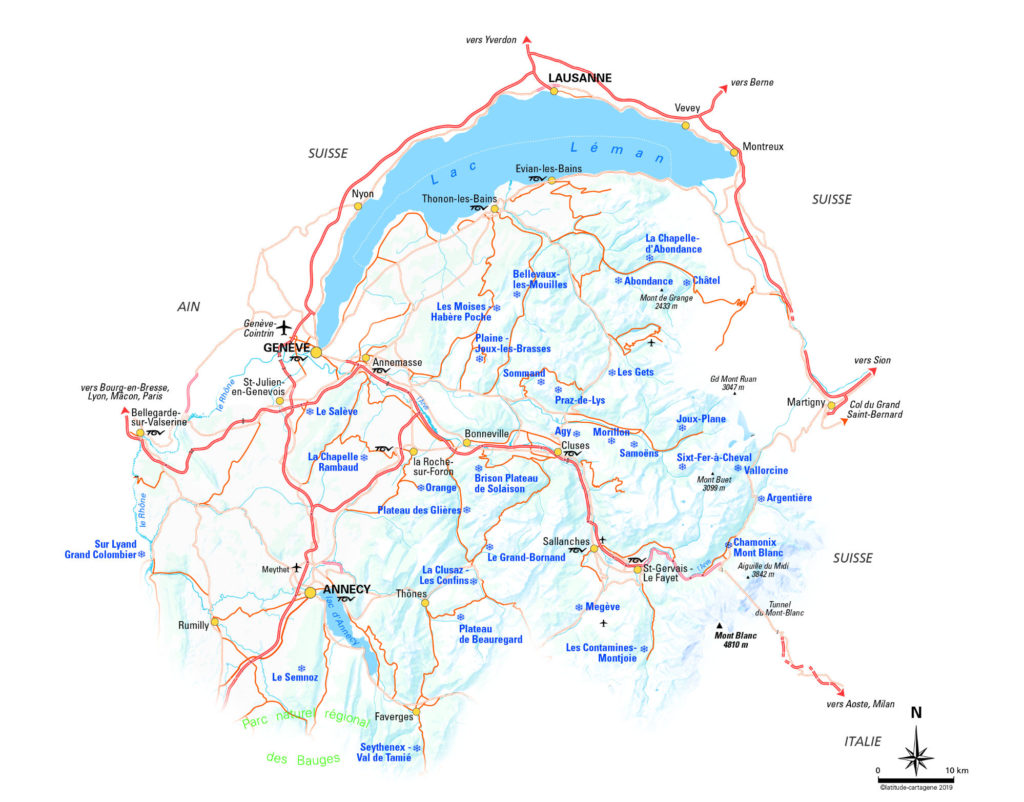

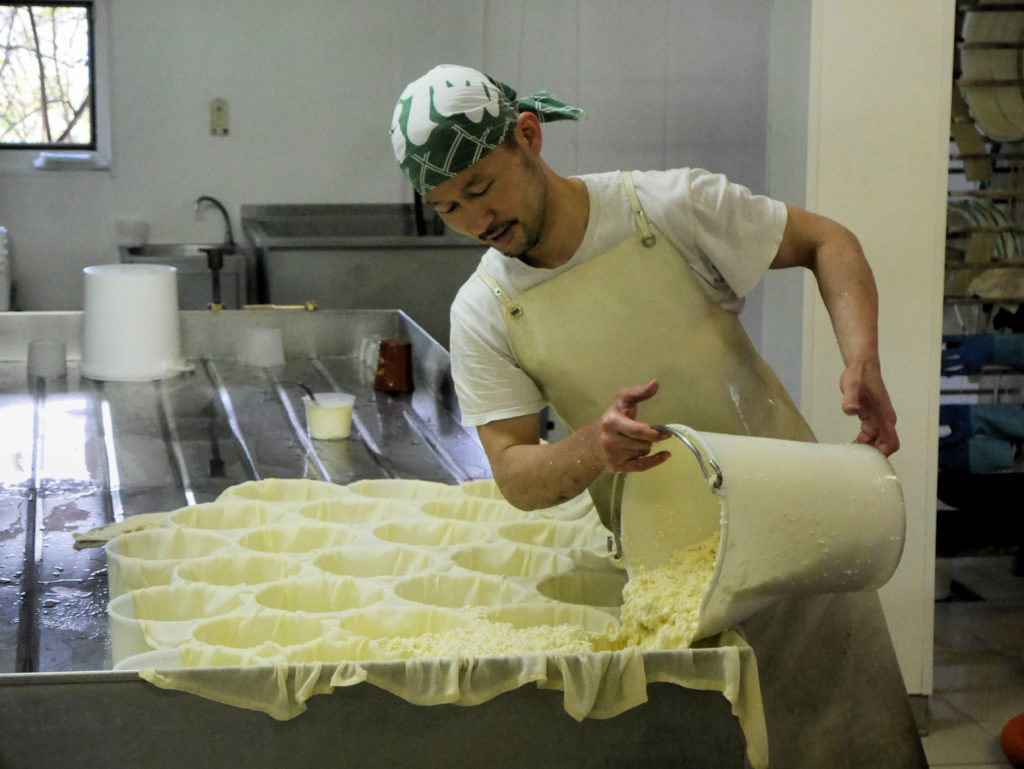
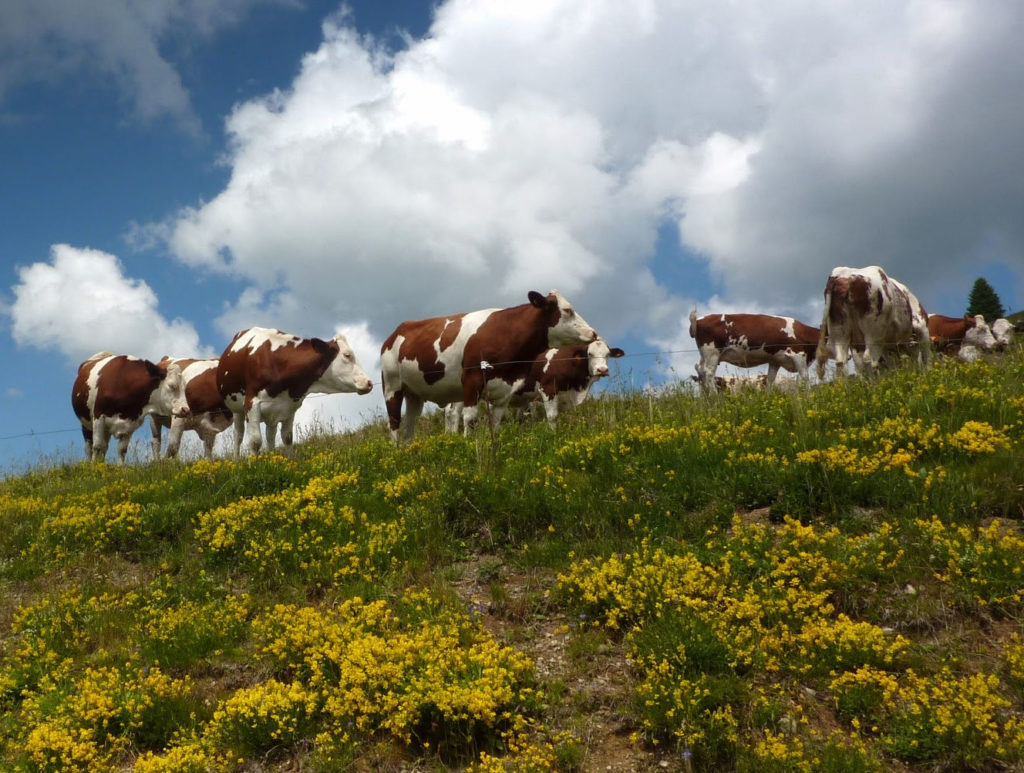
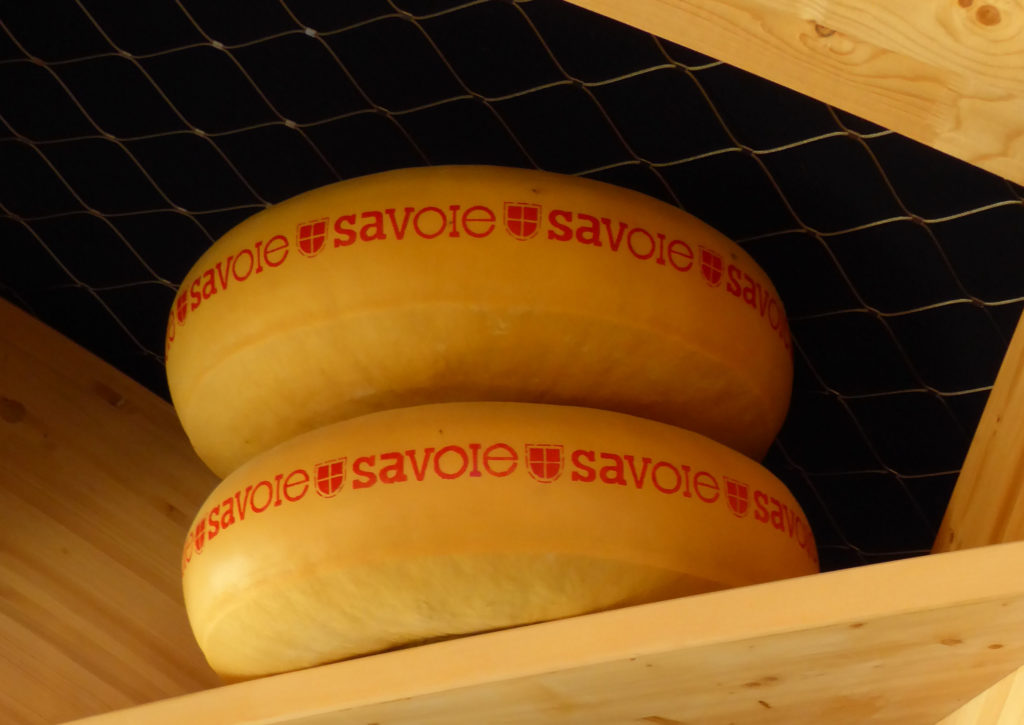

![Recycling: A Solar Panels Life after Death [infographic]](https://www.greenmatch.co.uk/media/2464286/recycling-a-solar-panels-life-after-death.png)


